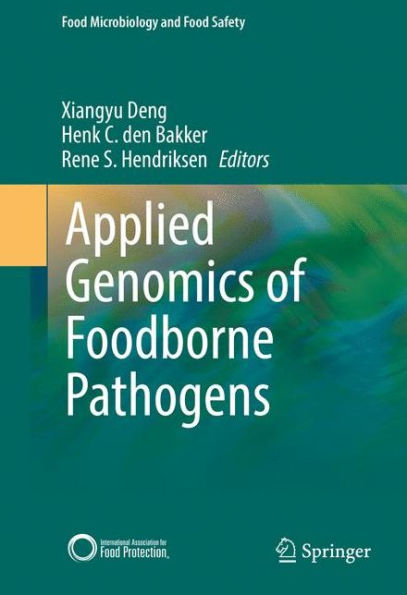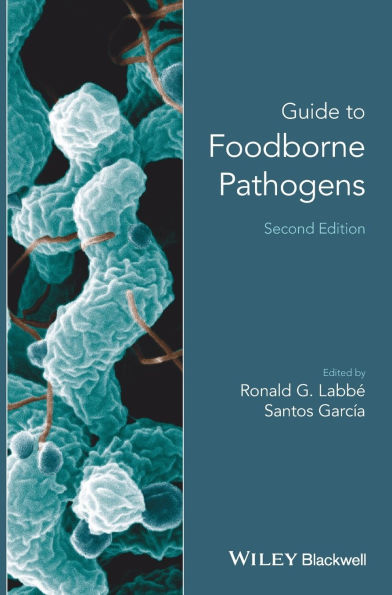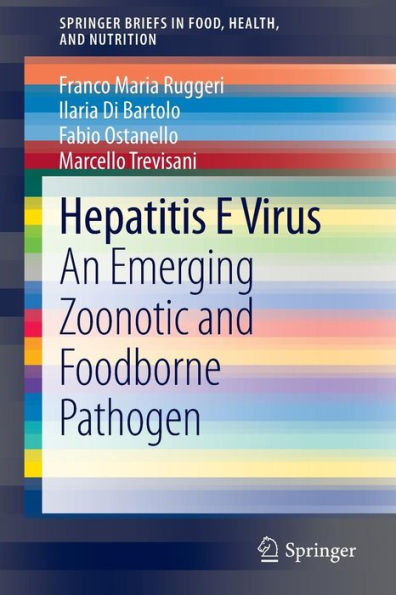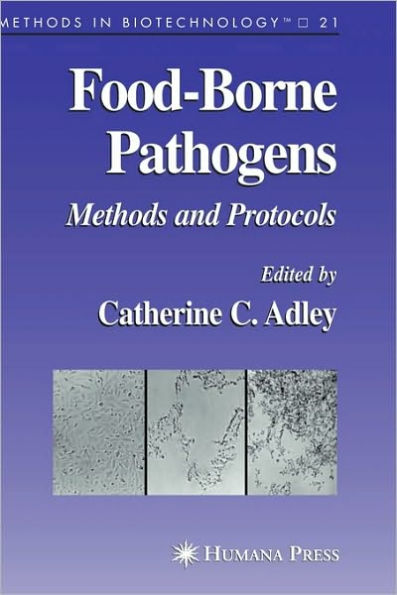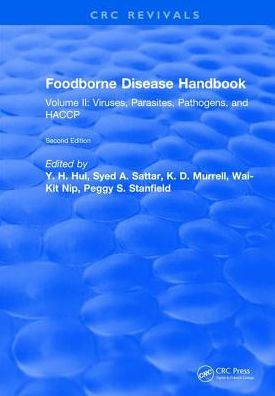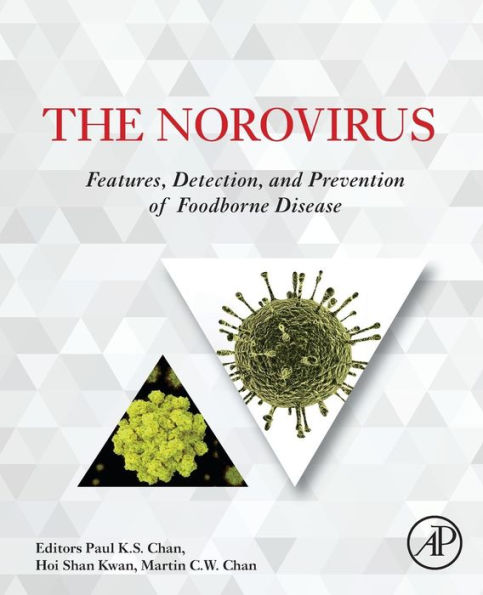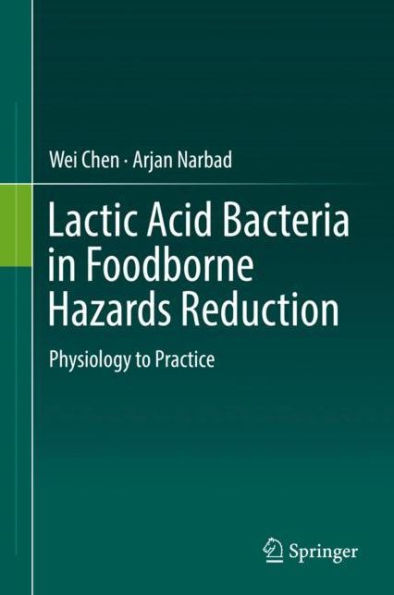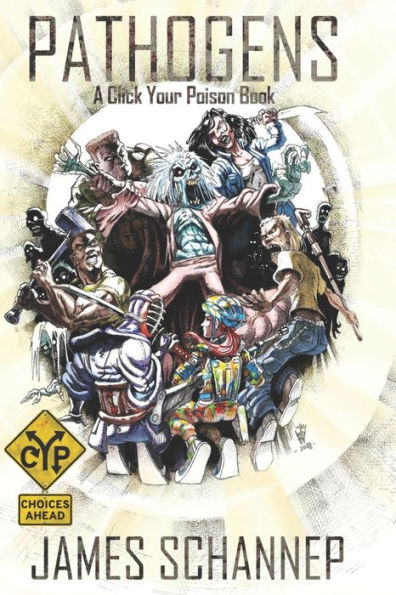Home
Cyclospora cayetanensis as a Foodborne Pathogen
Barnes and Noble
Loading Inventory...
Cyclospora cayetanensis as a Foodborne Pathogen
Current price: $54.99
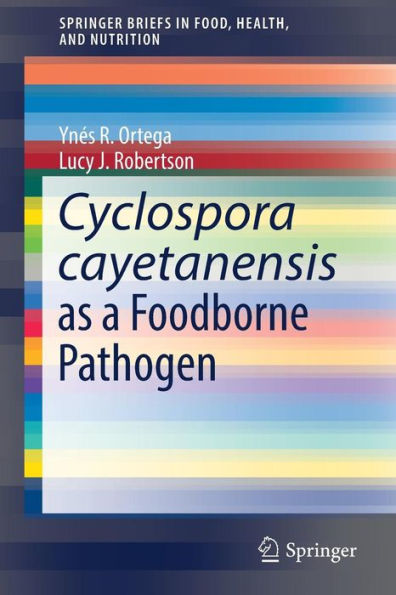
Barnes and Noble
Cyclospora cayetanensis as a Foodborne Pathogen
Current price: $54.99
Loading Inventory...
Size: OS
*Product information may vary - to confirm product availability, pricing, shipping and return information please contact Barnes and Noble
This Brief provides a comprehensive overview of
Cyclospora cayetanensis
, a
protozoan apicomplexan parasite that leads to outbreaks of traveler's diarrhea in consumers. The main characteristics of
infection are covered, including documented outbreaks, regional patterns and statistics. Various transmission routes for this parasite are outlined, with a focus on foodborne transmission.
A major focus of
Cyclospora Cayetanensis As A Foodborne Pathogen
is the detection of
in different food matrices. Decontamination procedures for the occurrence of this parasite in all major food types are outlined in detail, as well as current risk assessment procedures and regulations. The difficulty in minimizing the risk of infection in fresh produce is covered, plus potential solutions for this problem. This Brief not only comprehensively covers the current state of foodborne
but also looks to future challenges in the detection, prevention and removal of this parasite in foods.
Cyclospora cayetanensis
, a
protozoan apicomplexan parasite that leads to outbreaks of traveler's diarrhea in consumers. The main characteristics of
infection are covered, including documented outbreaks, regional patterns and statistics. Various transmission routes for this parasite are outlined, with a focus on foodborne transmission.
A major focus of
Cyclospora Cayetanensis As A Foodborne Pathogen
is the detection of
in different food matrices. Decontamination procedures for the occurrence of this parasite in all major food types are outlined in detail, as well as current risk assessment procedures and regulations. The difficulty in minimizing the risk of infection in fresh produce is covered, plus potential solutions for this problem. This Brief not only comprehensively covers the current state of foodborne
but also looks to future challenges in the detection, prevention and removal of this parasite in foods.
This Brief provides a comprehensive overview of
Cyclospora cayetanensis
, a
protozoan apicomplexan parasite that leads to outbreaks of traveler's diarrhea in consumers. The main characteristics of
infection are covered, including documented outbreaks, regional patterns and statistics. Various transmission routes for this parasite are outlined, with a focus on foodborne transmission.
A major focus of
Cyclospora Cayetanensis As A Foodborne Pathogen
is the detection of
in different food matrices. Decontamination procedures for the occurrence of this parasite in all major food types are outlined in detail, as well as current risk assessment procedures and regulations. The difficulty in minimizing the risk of infection in fresh produce is covered, plus potential solutions for this problem. This Brief not only comprehensively covers the current state of foodborne
but also looks to future challenges in the detection, prevention and removal of this parasite in foods.
Cyclospora cayetanensis
, a
protozoan apicomplexan parasite that leads to outbreaks of traveler's diarrhea in consumers. The main characteristics of
infection are covered, including documented outbreaks, regional patterns and statistics. Various transmission routes for this parasite are outlined, with a focus on foodborne transmission.
A major focus of
Cyclospora Cayetanensis As A Foodborne Pathogen
is the detection of
in different food matrices. Decontamination procedures for the occurrence of this parasite in all major food types are outlined in detail, as well as current risk assessment procedures and regulations. The difficulty in minimizing the risk of infection in fresh produce is covered, plus potential solutions for this problem. This Brief not only comprehensively covers the current state of foodborne
but also looks to future challenges in the detection, prevention and removal of this parasite in foods.
